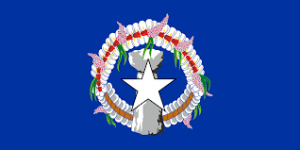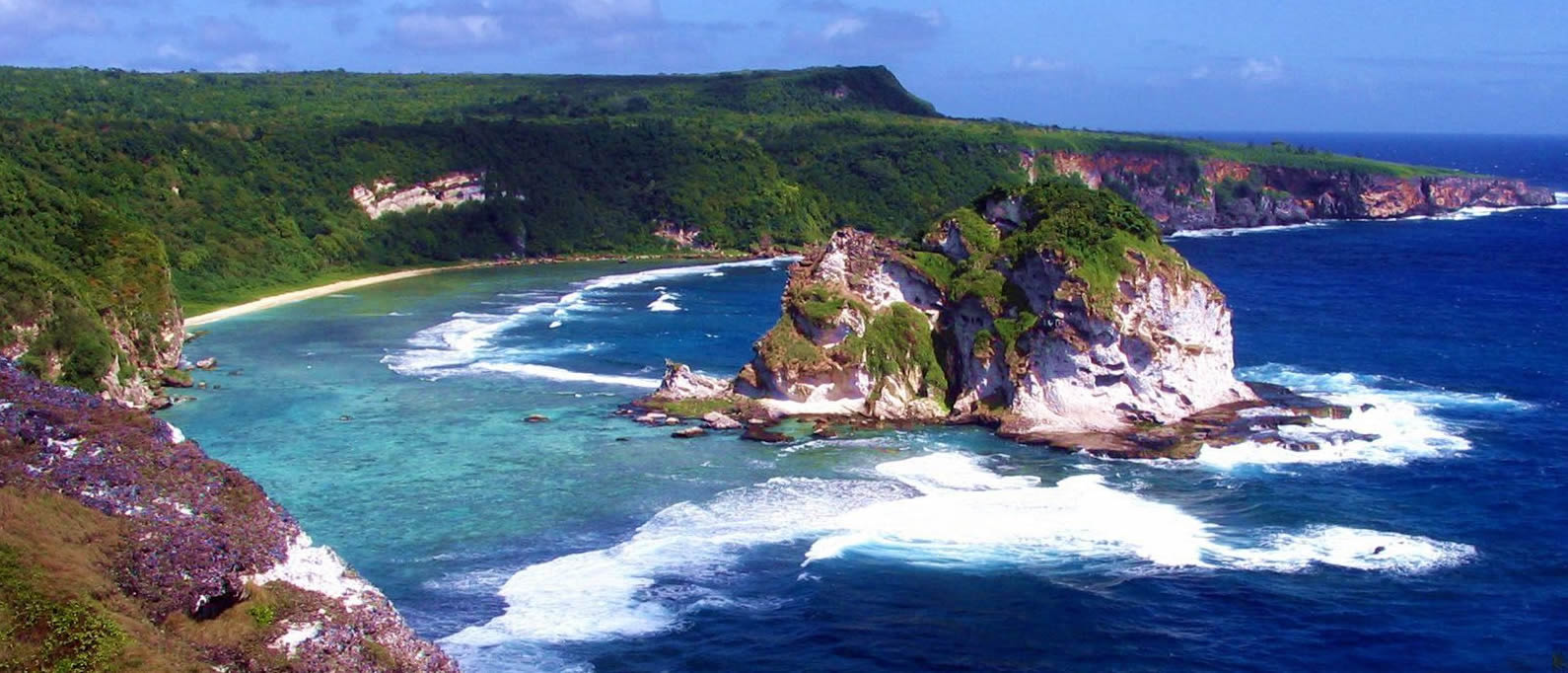Language/Carolinian/Culture/Northern-Mariana-Islands-Timeline
First Stands[edit | edit source]
Around 5000 years ago (3000 BC), coastal inhabitants from southern China, who were cultivators of millet and rice, started migrating to Taiwan. By around 2000 BC, migrations from Taiwan to the Philippines began. These migrations further extended from the Philippines to Sulawesi, Timor, and other islands in the Indonesian archipelago. Around 1500 BC, another movement took place from the Philippines to New Guinea and beyond, reaching the Pacific Islands. The Austronesians, known as the first navigators in human history, played a significant role in these migrations.
Historical Era[edit | edit source]
Magellan and the Spanish Colonization
In 1521, Ferdinand Magellan became the first European to set foot on these islands. During his voyage, he visited Guam and claimed the land for Spain. Dissatisfied with the behavior of the inhabitants towards his crew, he named the islands "las islas de los Ladrones" (the Islands of Thieves) after Antonio Pigafetta. However, in 1688, the islands were renamed "las Marianas" in honor of Marianne d'Austria, the widow of Philip IV of Spain. The native population significantly declined during the Spanish occupation, but islanders from neighboring islands partially repopulated the Marianas.
From One Master to Another: Islands with a Troubled History
After being sold to the German Empire in 1899, the Northern Mariana Islands were occupied by the Empire of Japan in 1914, which converted them into military camps. During World War II, the United States Marines landed on the islands on June 15, 1944, and successfully won the Battle of Saipan. Tinian, one of the islands in the archipelago, served as a launching point for bombers carrying atomic bombs to Hiroshima and Nagasaki. Following the war, the United States administered the archipelago as part of the Trust Territory of the Pacific Islands, with defense and foreign affairs under American control, in accordance with a status granted by the United Nations.
From Non-Existence to the Chosen Protection[edit | edit source]
The people of the Northern Mariana Islands sought independence while maintaining close ties with the administering power. In 1975, an agreement was approved, establishing a Commonwealth. This marked a significant milestone in the journey of the Northern Mariana Islands towards self-governance and protection of their cultural heritage. The new constitution and government came into effect in 1978, solidifying their status as a self-governing entity within the larger framework of the United States.
On September 23, 2004, Congressman Richard Pombo from California introduced the proposal "HR 5135 - the Northern Mariana Islands Delegate Act." This proposal aimed to further empower the Northern Mariana Islands by allowing them to elect a non-voting delegate to the United States Congress. If passed into law, this would provide the Northern Mariana Islands with a voice in federal affairs, ensuring their interests and concerns are represented at the national level. The potential implementation of this act sparked hope and anticipation among the residents of the Northern Mariana Islands.
The opportunity to elect a non-voting delegate to Congress would not only grant the Northern Mariana Islands a platform to voice their perspectives, but it would also strengthen their ties with the United States. It symbolizes a partnership between the Northern Mariana Islands and the United States, with the aim of ensuring the islands' interests are considered and protected within the broader national context.
If the Northern Mariana Islands were to have a non-voting delegate in Congress, starting from the 2006 election, it would signify a significant step forward in their political development and representation. This delegate would serve as a liaison between the islands and the federal government, advocating for the unique needs and concerns of the Northern Mariana Islands and working towards their continued growth and prosperity.
Source[edit | edit source]
World Timelines[edit source]


